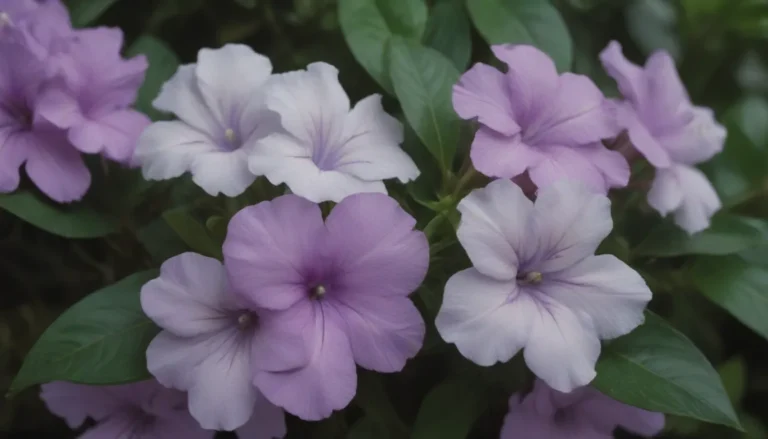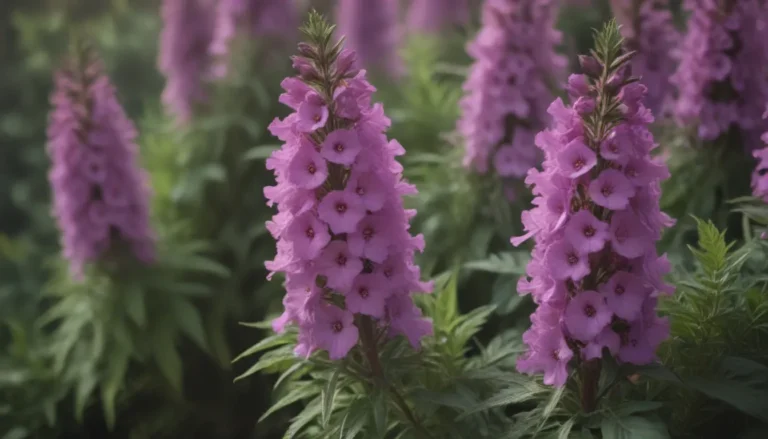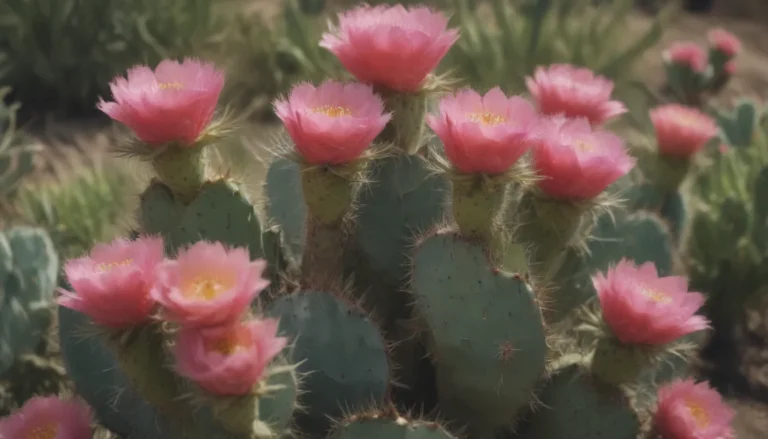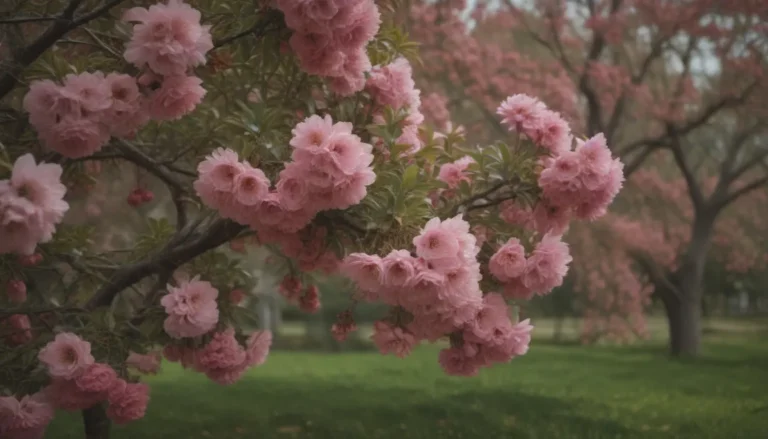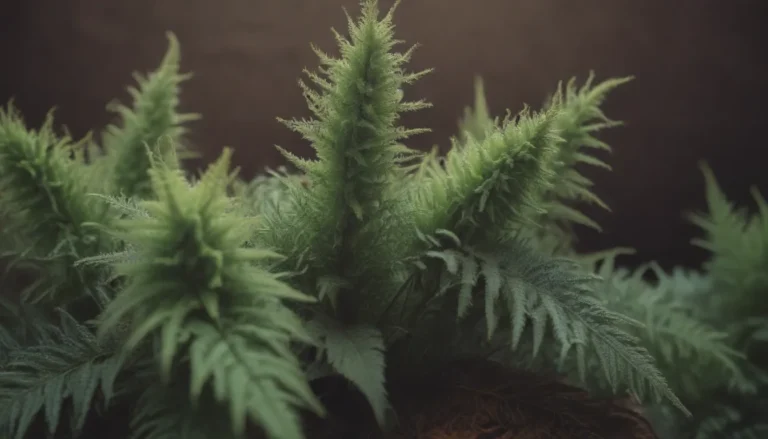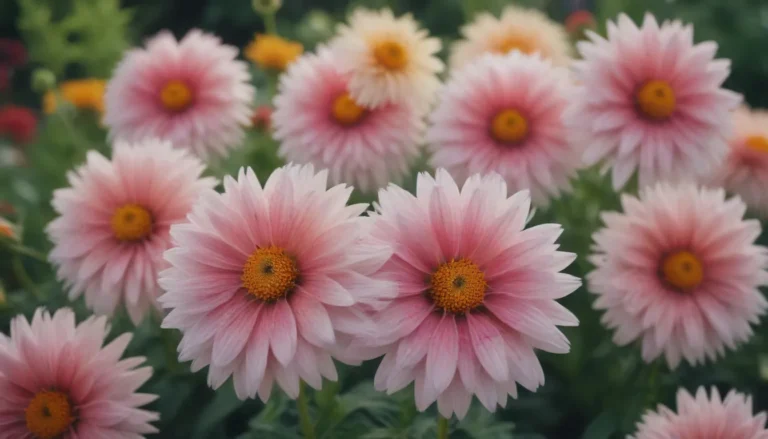A Comprehensive Guide to Growing and Caring for Prickly Pear Cactus
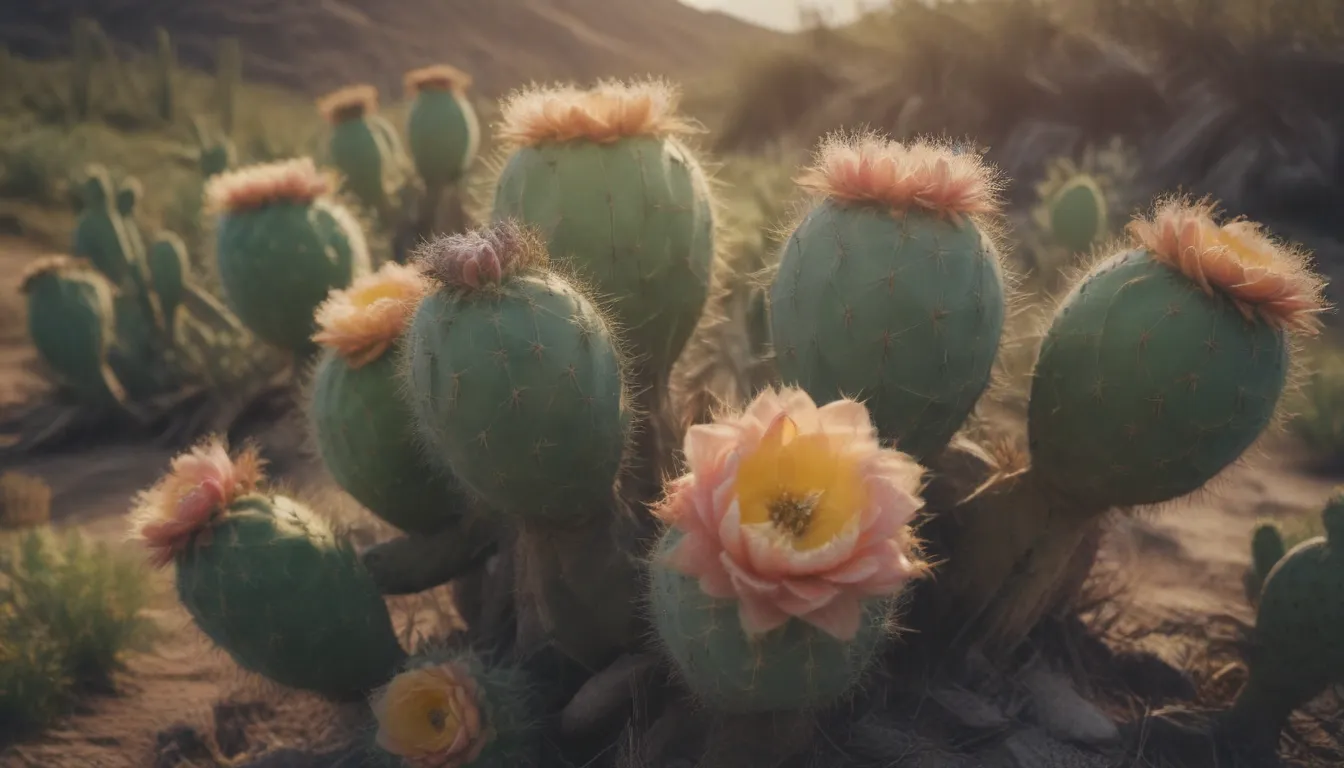
Welcome to a complete guide on how to successfully grow and care for the fascinating prickly pear cactus (Opuntia). With its spiny, flat, club-shaped pads, this plant is not only aesthetically pleasing but also relatively low maintenance. Whether you’re a seasoned cactus enthusiast or just starting your journey with these unique plants, this article will provide you with valuable information to help your prickly pear thrive.
Introduction to Prickly Pear Cactus
The prickly pear cactus is a diverse plant genus that encompasses over 100 different species. Known for its distinctive appearance and resilience, these cacti can be found in a variety of habitats, from arid deserts to more temperate regions. While most people associate cacti with warm climates, some prickly pear species can even survive in USDA zone 4.
One of the unique features of the prickly pear is its edible fruits, which are highly prized for their flavor and nutritional value. However, it’s essential to note that the plant’s growth rate is relatively slow, and it can take several years before it starts producing fruit.
Prickly Pear Care Tips
To ensure your prickly pear cactus thrives, it’s important to understand its specific care requirements. Here are some essential tips to keep your plant healthy and happy:
Light
Like all desert plants, prickly pear thrives in full sun. Ensure your cactus receives at least six hours of direct sunlight per day, whether it’s grown outdoors or indoors. In hot climates, providing some shade during the midday hours can prevent sunburn and scalding.
Soil
Well-draining soil is crucial for the health of prickly pear cactus. While these plants can tolerate sandy or gravelly soil, any soil type can work as long as it allows excess water to drain away. Avoid over-watering, as standing water can lead to root rot.
Watering
Prickly pear cacti have low water requirements, making them ideal for water-wise gardens. Water your plant sparingly, allowing the soil to dry out completely between waterings. In periods of minimal rainfall, occasional watering is usually sufficient.
Temperature and Humidity
Prickly pear thrives in hot, dry desert climates but can also tolerate mild winters and low humidity. While indoor conditions are generally suitable for these plants, avoid placing them near heat sources that can cause temperature fluctuations.
Fertilizer
Prickly pear cacti rarely require fertilization when grown in the ground. However, if you’re growing them in containers, occasional feeding may be necessary. Use a balanced fertilizer during the growing season to promote healthy growth and flowering.
Types of Prickly Pear Cactus
Prickly pear cacti come in a variety of species, each with its unique characteristics and care requirements. Here are some popular varieties that you may encounter:
- Opunta humifusa
- Opuntia microdasys ‘Albaspina’
- Opunta aurea
- Opuntia fragilis
- Opunta macrohiza
While some species are suitable for outdoor cultivation in southern gardens, others are better suited for indoor settings. Visit your local garden center to find prickly pear varieties that are best suited to your climate.
Pruning and Propagating Prickly Pear Cactus
While pruning is not necessary for the health of prickly pear cacti, it can help control their size and shape, especially for indoor plants. You can propagate new plants from cuttings or seeds:
Propagation by Cuttings
To propagate prickly pear from cuttings, select a healthy pad and remove it carefully from the parent plant. Allow the cutting to callus over for a few days before planting it in well-draining soil.
Propagation by Seeds
Alternatively, you can propagate prickly pear cactus from seeds. Collect seeds from ripe fruits, sow them in a pot of well-draining soil, and provide a warm, sunny environment for germination to occur.
Potting and Repotting Prickly Pear
When growing prickly pear in containers, choose pots with adequate drainage and use a specialized cactus and succulent potting mix. Repot your cactus only when it becomes root-bound or outgrows its current container, ensuring proper care to prevent shock.
Overwintering and Common Pests
During the winter months, protect tender prickly pear plants from cold temperatures by bringing them indoors. Watch out for common pests like scale and mealybugs, treating them promptly to prevent damage to your cactus. Proper care and vigilance can help keep your prickly pear healthy year-round.
Troubleshooting Common Problems
If you encounter issues like shriveled pads, splitting pads, or plant collapse, diagnose the problem promptly and adjust your care routine accordingly. Here are some common problems you may encounter with your prickly pear cactus:
- Shriveled Pads: Underwatering is often the culprit. Gradually increase watering to restore plumpness.
- Splitting Pads: Excessive watering can cause pads to split. Reduce watering intervals to prevent further damage.
- Plant Collapse: Overwatering can lead to root rot and plant collapse. Rescue the plant by reducing watering and removing affected areas if possible.
- Mushy Parts: Soft, mushy areas indicate rot due to excessive water. Cut away affected parts and adjust your watering schedule to save the plant.
- Sunburn: Patches of brown or white suggest sunburn from intense sunlight. Move the plant to a shaded location to prevent further damage.
Harvesting Prickly Pear and Enjoying its Benefits
Prickly pear cactus offers not only ornamental value but also edible fruits and pads. Harvesting prickly pear involves careful handling to avoid the plant’s spines and tiny hairs. Once harvested, the fruits can be enjoyed fresh or used in a variety of culinary preparations.
With proper care and attention, your prickly pear cactus can live for decades, bringing you joy and beauty year after year. Whether you’re a seasoned gardener or a beginner, cultivating prickly pear is a rewarding experience that offers unique challenges and rewards.
In Conclusion
In conclusion, growing and caring for prickly pear cactus can be a fulfilling journey for plant enthusiasts of all levels. By following the tips and guidance outlined in this comprehensive guide, you can create a thriving environment for your prickly pear cactus to flourish. Remember to tailor your care routine to the specific needs of your plant, and enjoy the beauty and resilience of these fascinating desert plants. Happy gardening!
